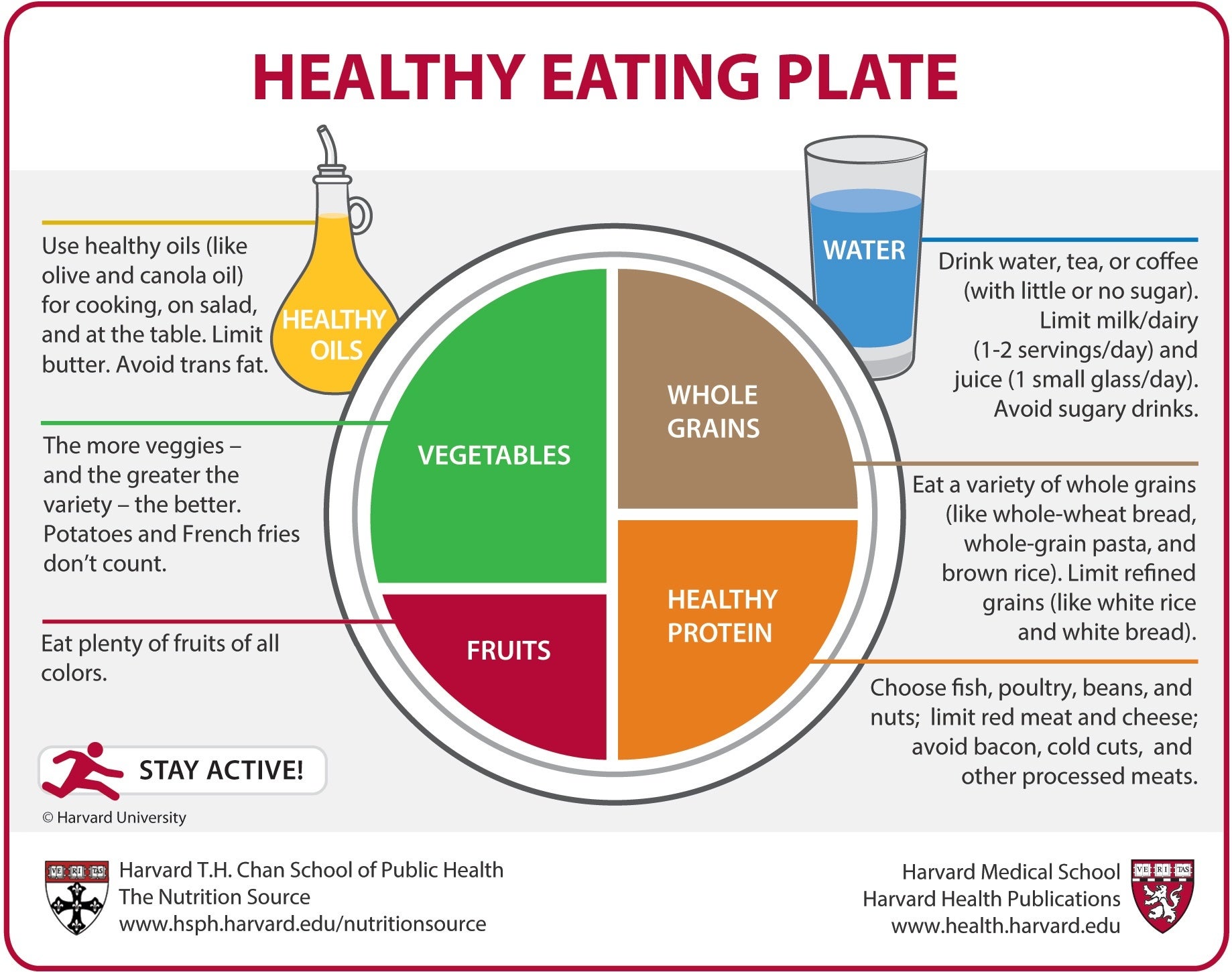When it comes to getting fit, it's not just about exercise - it's also about what you eat. Healthy eating is essential for achieving your fitness goals, and it can be especially daunting for beginners who are just starting out on their fitness journey. However, with the right knowledge and a few simple tips, healthy eating can be easy and enjoyable.
In this blog, we will discuss some healthy eating tips for beginners to support their fitness journey.
Plan Your Meals:
One of the keys to healthy eating is to plan your meals in advance. This can help you make better choices and avoid unhealthy options when you're in a rush or feeling hungry. Take some time at the beginning of each week to plan out your meals and snacks. This will also help you save time and money by allowing you to buy only what you need at the grocery store.
When planning your meals, make sure to include a variety of foods from different food groups. This will help ensure that you're getting all the nutrients your body needs. Aim to have a source of protein, complex carbohydrates, healthy fats, and plenty of fruits and vegetables in each meal.
Eat Balanced Meals:
Eating a balanced meal is essential for maintaining your energy levels and staying full. A balanced meal should include a mix of protein, carbohydrates, and healthy fats.
Protein is important for building and repairing muscles. Good sources of protein include lean meats, poultry, fish, eggs, beans, and tofu. Carbohydrates provide your body with energy, and good sources of carbohydrates include whole grains, fruits, and vegetables. Healthy fats are important for brain function and hormone production. Good sources of healthy fats include nuts, seeds, avocado, and olive oil.
Examples of balanced meals include grilled chicken with quinoa and roasted vegetables, or a spinach salad with grilled salmon, avocado, and a vinaigrette dressing.
Portion Control:
Portion control is crucial for maintaining a healthy diet. Overeating can lead to weight gain, while under-eating can leave you feeling hungry and fatigued and result in muscle loss and weight loss.
To practice portion control, try using smaller plates or measuring your food. Aim to have a serving of protein that is about the size of your palm, a serving of carbohydrates that is about the size of your fist, and a serving of vegetables that is about the size of two fists.
Snack Smart:
Snacking can be a healthy part of your diet, but it's important to choose the right snacks. Opt for healthy snacks like fruit, vegetables with hummus, or a handful of nuts. Avoid processed snacks like chips and candy.
It's also important to pay attention to portion sizes when snacking. Instead of eating straight out of the bag, portion out a small serving to avoid overeating.
Drink Plenty of Water:
Staying hydrated is essential for overall health and fitness. Make sure to drink plenty of water throughout the day. Aim for at least 8 glasses of water per day.
You can also incorporate other hydrating drinks like herbal tea or coconut water. Avoid sugary drinks like soda and fruit juice, as they are often high in calories and can contribute to weight gain.
Drinking enough water is crucial for your overall health and can support your fitness journey. Water helps transport nutrients throughout your body, regulates body temperature, and supports healthy digestion. Aim to drink at least eight glasses of water per day and more if you are exercising or in hot weather. If you have trouble drinking enough water, try infusing it with fruits or herbs for added flavor.
Avoid Processed Foods:
Processed foods are often high in calories, sugar, and unhealthy fats. Try to avoid processed foods as much as possible and focus on whole foods like fruits, vegetables, and lean proteins.
Whole foods are nutrient-dense, meaning they provide a high amount of nutrients for relatively few calories. This makes them an important part of any healthy eating plan.
Allow for Treats:
It's okay to indulge in your favorite treats occasionally. Allowing yourself the occasional treat can actually help you stick to your healthy eating plan long-term.
Choose Whole Foods
Whole foods are foods that are in their natural state and have not undergone any processing or refining. These foods are typically more nutrient-dense and provide your body with the essential vitamins and minerals it needs to function properly. Examples of whole foods include fruits, vegetables, nuts, seeds, whole grains, and lean proteins. Aim to incorporate more whole foods into your diet and reduce your intake of processed foods, which are often high in added sugars, unhealthy fats, and sodium.
Practice Mindful Eating
Mindful eating is the practice of paying attention to your food and the sensations you experience while eating. This can help you become more aware of your hunger and fullness cues, which can help you make better food choices and avoid overeating. To practice mindful eating, try to eat without distractions, such as your phone or television, and take the time to savor your food.
Get Enough Sleep
Getting enough sleep is crucial for your overall health and can support your fitness journey. Lack of sleep can increase levels of the hormone cortisol, which can lead to weight gain and disrupt your metabolism. Aim to get seven to nine hours of sleep per night to support your body's recovery and repair processes.
Be Patient and Kind to Yourself
Remember that developing healthy eating habits takes time and practice. Don't beat yourself up if you slip up or make mistakes. Instead, focus on progress, not perfection, and celebrate small wins along the way.











